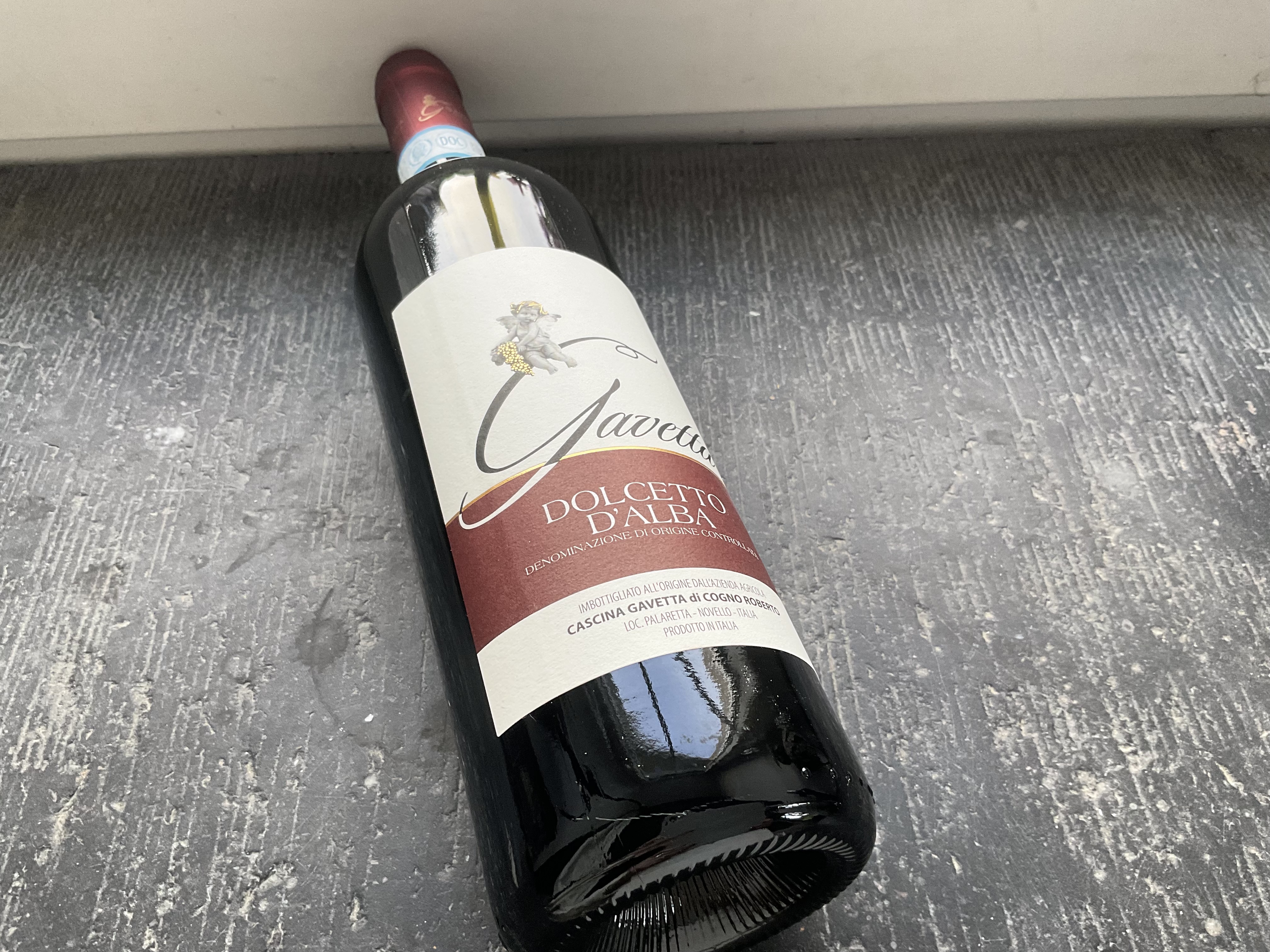
Dolcetto, the wine in the banishing shadow of Nebbiolo and Barolo/Barbaresco
The commercial success of some grape varieties threatens to weaken others. Here we want to tell you about Dolcetto, the grape variety trying to resist the "nebbiolization" of vineyards in Piedmont.
It happens very often that the spotlight focused on one grape variety or appellation casts a dark cone of shadow that covers other, often not inferior grape varieties. The metaphor captures well what has happened in the recent past in Piedmont. The success of the Nebbiolo at the moment is there for all to see: the nobility and prestige of the vine, protagonist above all of Barolo and Barbaresco, is of course not in question. But we cannot hide the fact that for some time this grape has swallowed hectares of vineyards previously dedicated to other varieties, equally typical and traditional. Barbera, but especially Dolcetto, has paid the price. And that is a shame, because the grape would have all the characteristics to place itself in the pole position of contemporary wines.
Dolcetto, identity of the grape variety
Dolcetto has a pleasant gastronomic character, its generally moderate acidity makes it easy to drink, the fragrant aromas of plums and violets on the palate melting into a smooth sip that tends to leave a pungent almond aftertaste. It is usually the first wine to emerge from the cellars that produce it, but some producers offer versions vinified and lightly aged in wood: after all, the grape does not lack the tannin to withstand the weight of advancing time.
The name hypothesis
Dolcetto in name, but not in fact. Or rather, its name has nothing to do with the characteristics of the wine made from it, which is completely dry, but describes a peculiarity of the grape itself, which is sweeter than other Piedmontese varieties. However, other scholars propose a different etymology: as Professor Attilio Scienza explains, the name is said to derive from "dozzetti," meaning grapes grown on dosi.
Dolcetto areas
But what are these hills? These are the hills of Piedmont, where the vine has been growing practically since time immemorial. The earliest written mentions of Dolcetto date back to the late 16th century, but the grape is so deeply rooted in regional tradition that it is thought to have been present in the area much earlier. Currently, there are several areas where the grape is grown: Monferrato, which is probably the cradle, the Langhe (where the grape is protected by a DOCG in Dogliani and Diano d'Alba ), the area around Alessandria (here we also find a DOCG,Ovada) and the Astigiano area. But the vine is also present outside the region: in Liguria, for example, where it is grown under the name ormeasco, but traces of it can also be found in Lombardy.
The Dolcetto we offer you today for its very good balance between quality in the glass and price is from the Cascina Gavetta winery. Link Dolcetto - Cascina Gavetta




Comments
Login to give reaction Your comment will be posted as soon as it is approved.